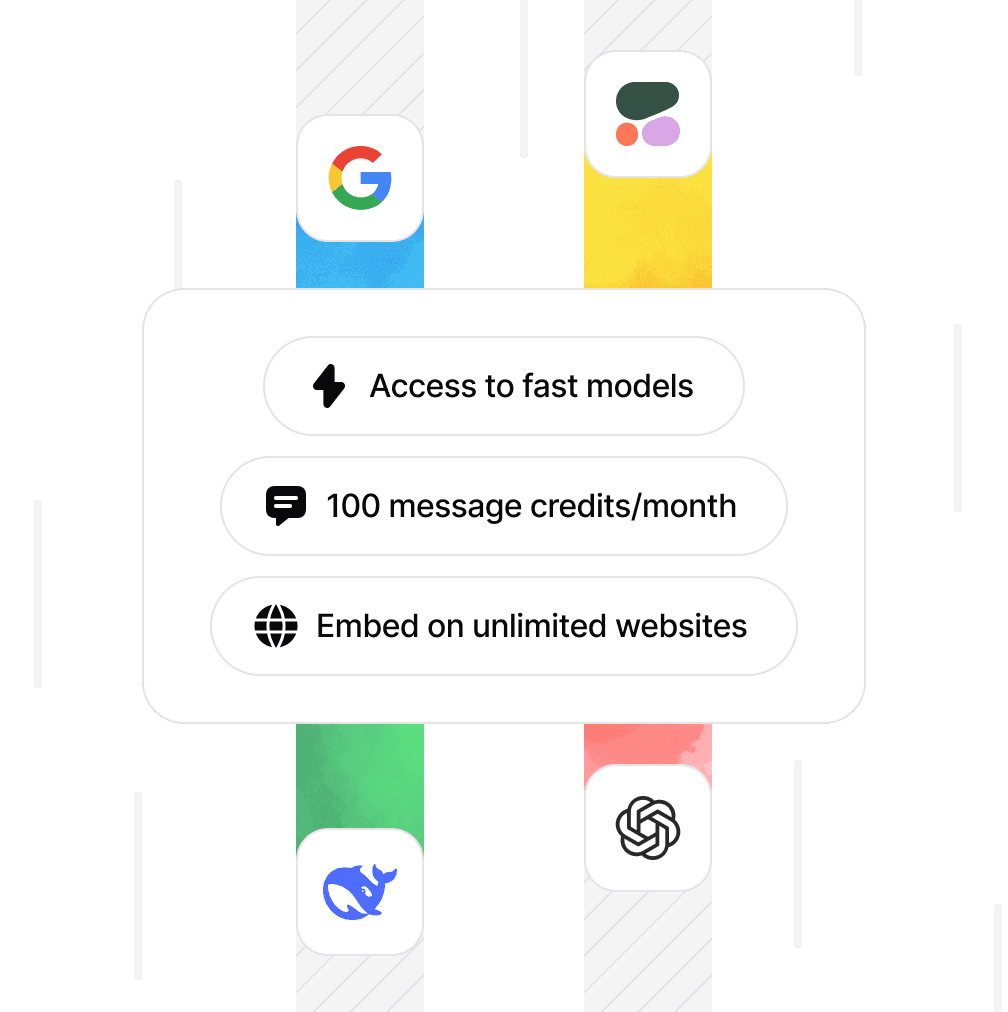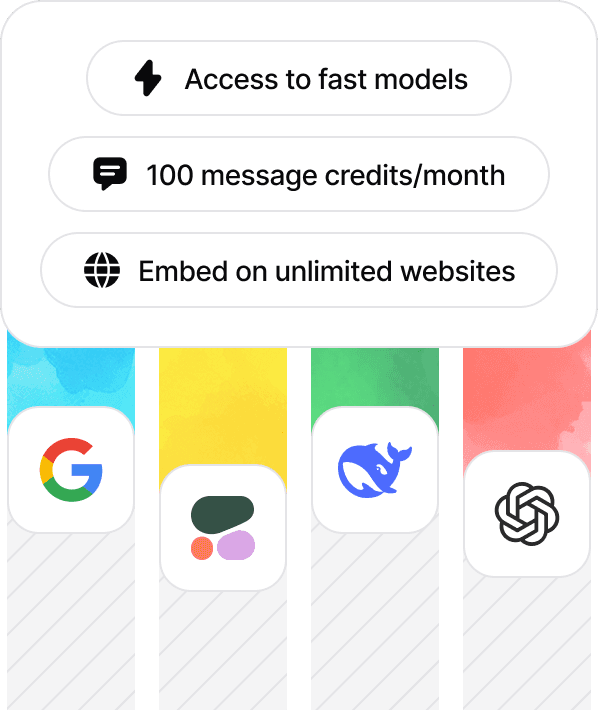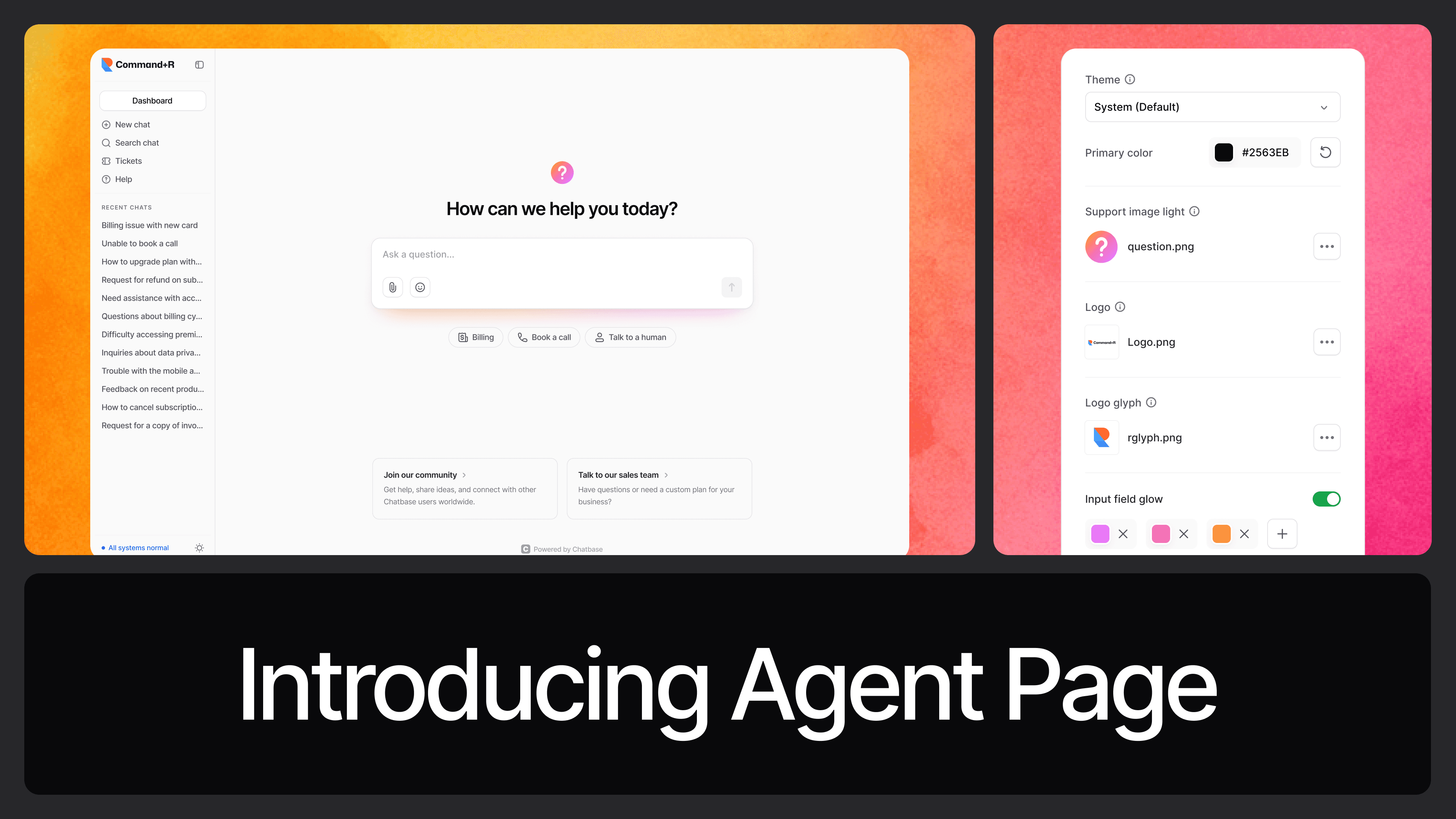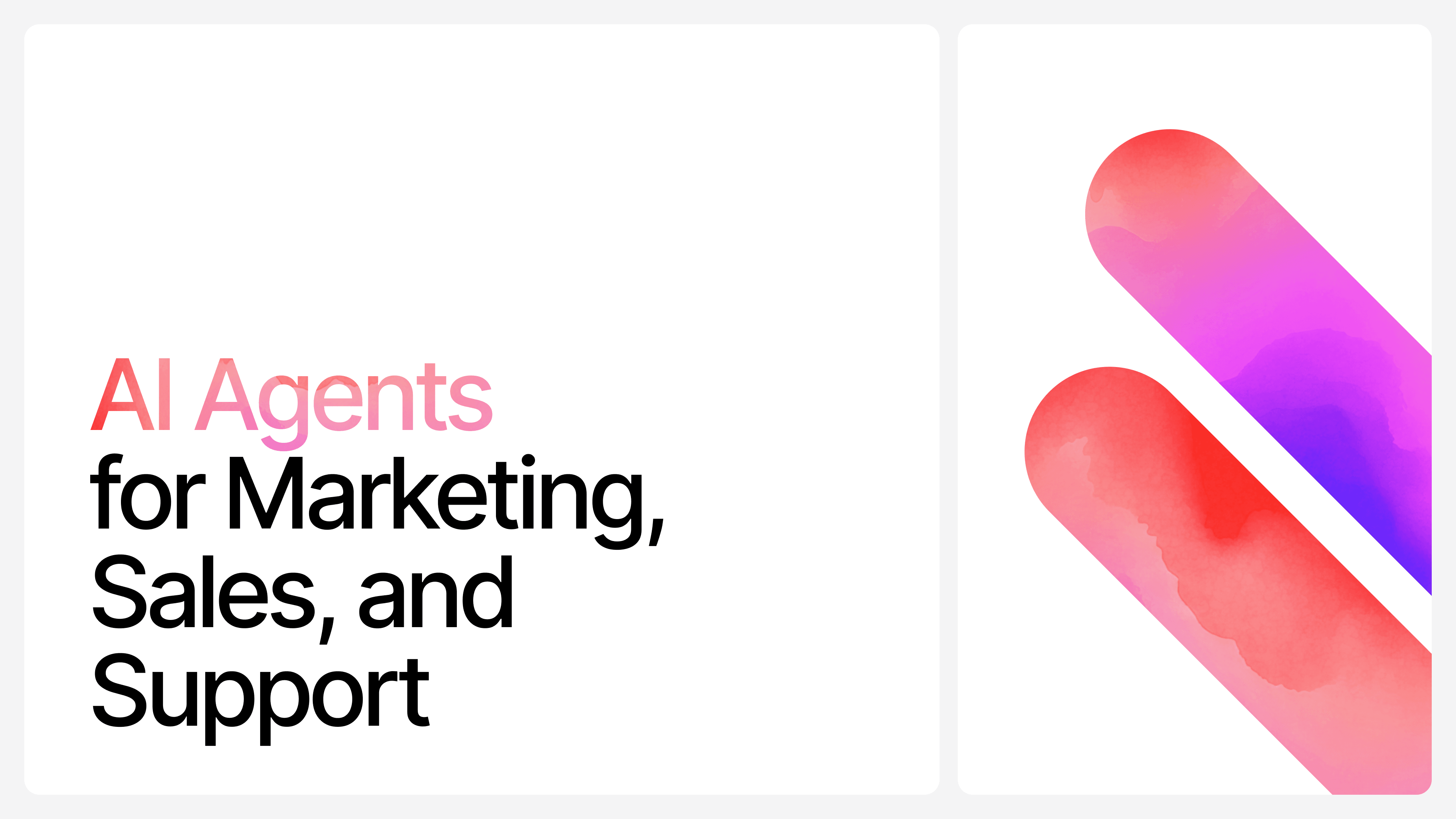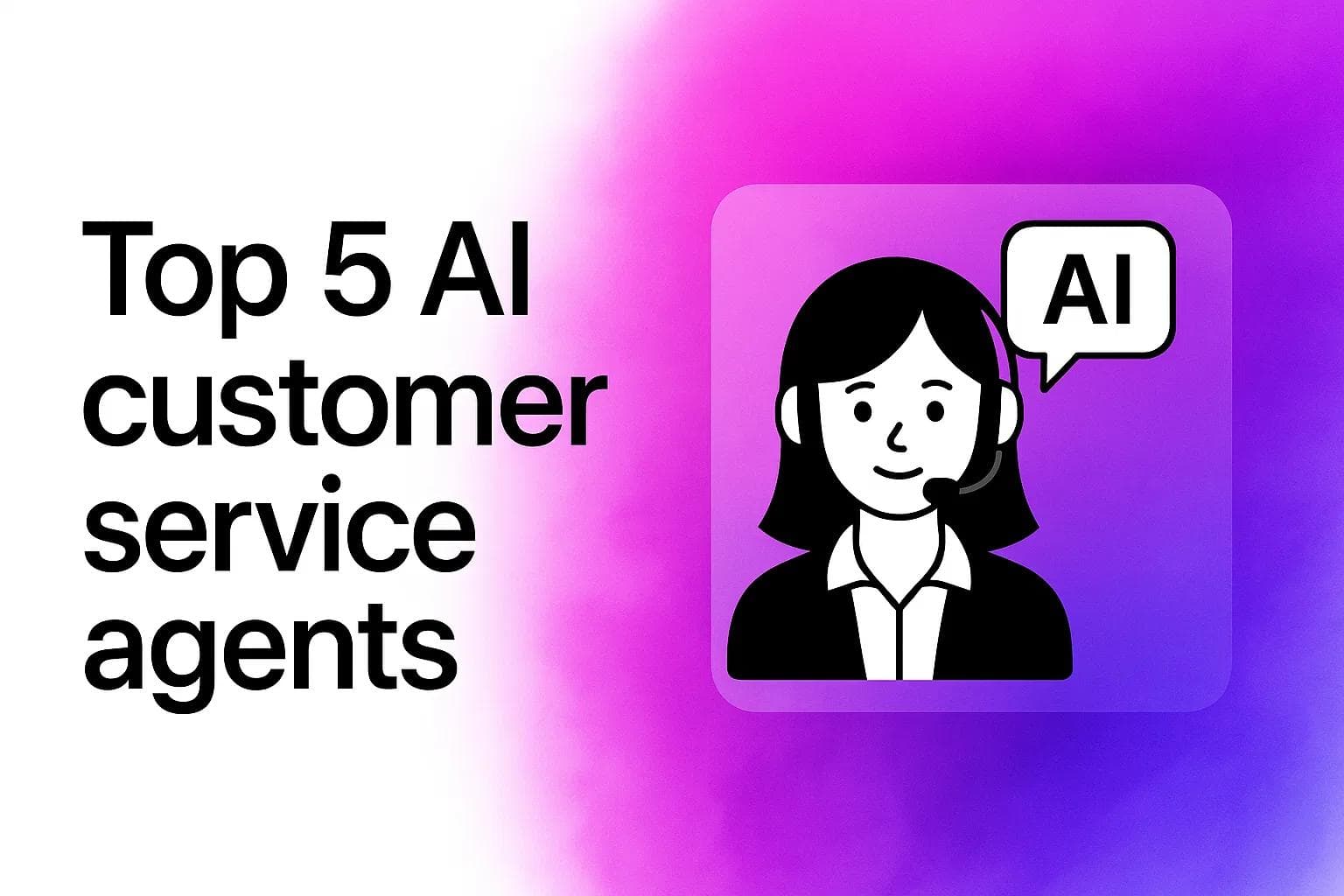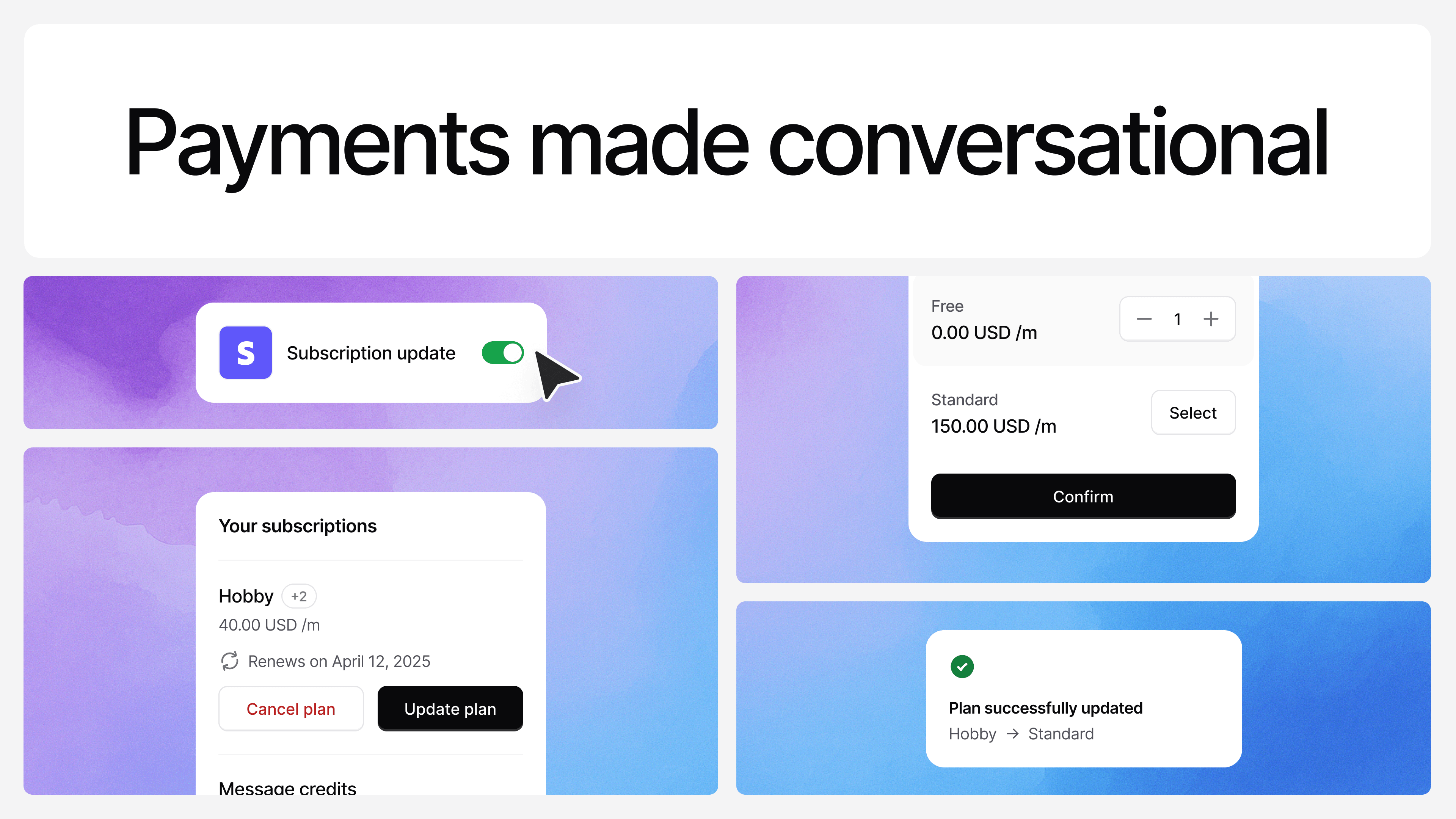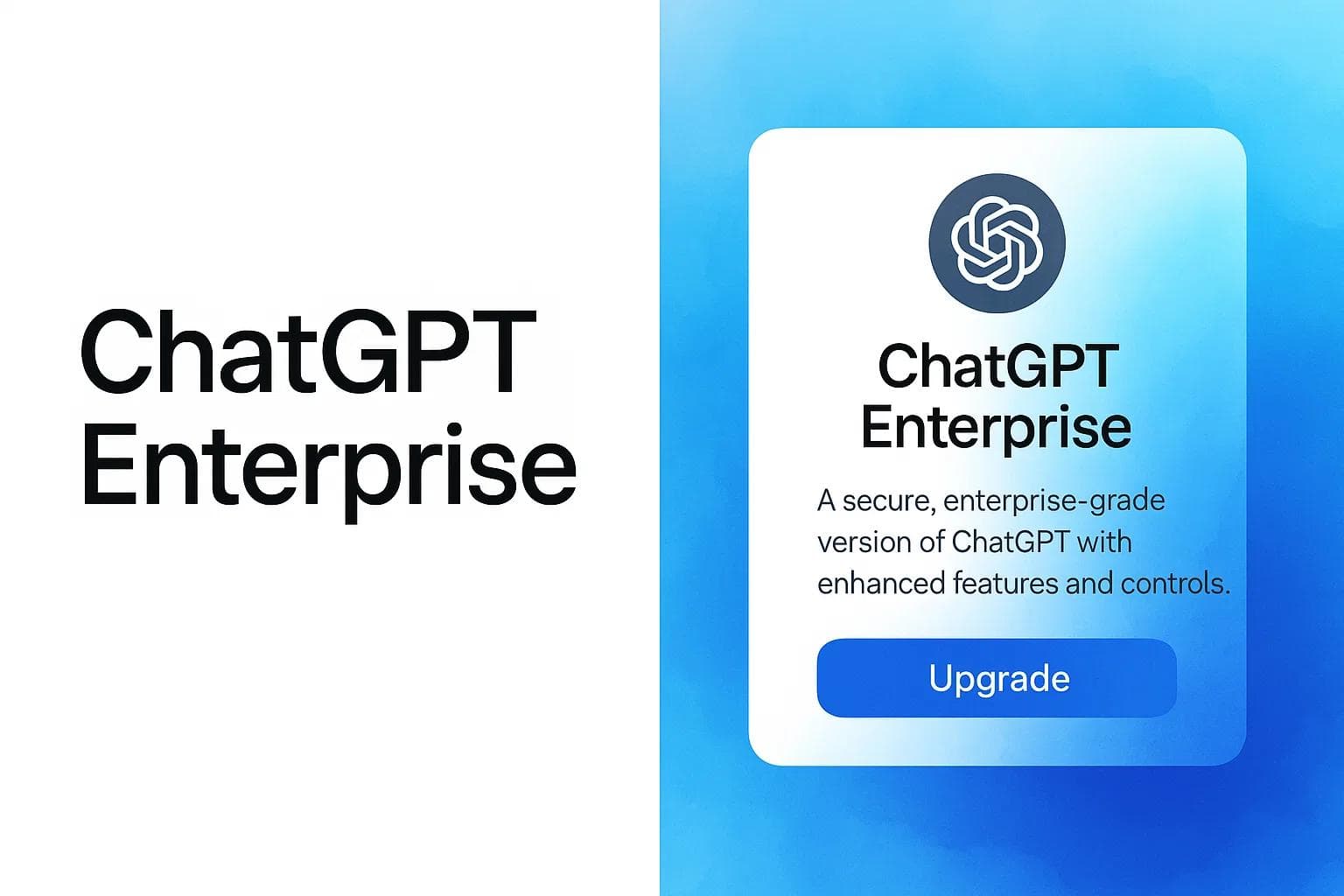The Cost of Customer Support and How to Fix It
Max T
May 16, 2025
9 min read
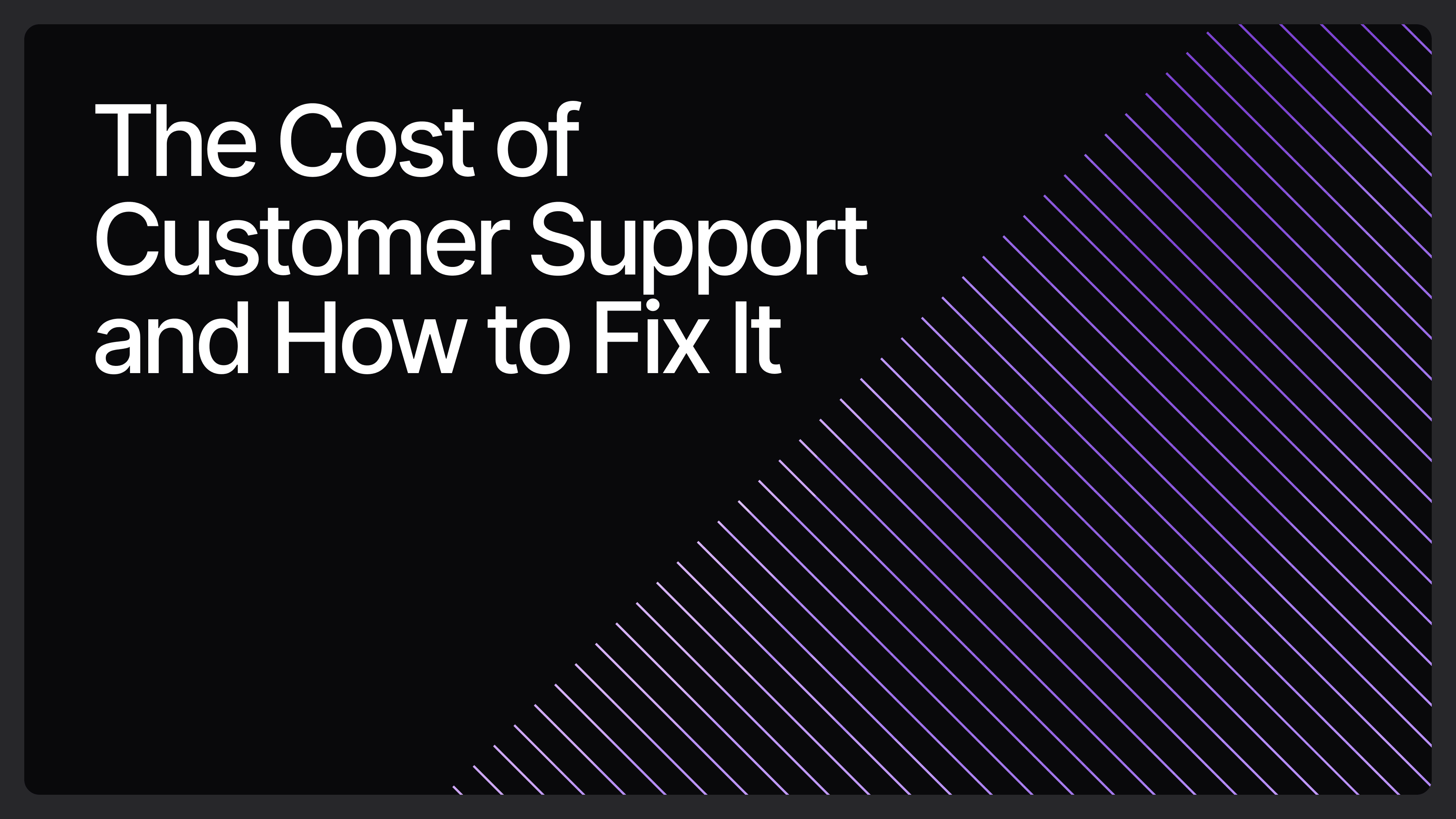
Customer support or customer service. For a lot of people, it’s just… there.
It’s not a revenue-driving department. It’s not marketing. It’s not sales. It’s not the thing bringing in leads or closing deals. It doesn’t make money.
At least, that’s the usual perception.
You’ve got a business to run. You’ve probably got engineers. You’ve got marketing. Sales. Growth. Ops. Those are the people most founders or operators consider the “core” team. The ones who keep the engine running.
And then somewhere along the way, support gets slotted in. Almost like a necessary afterthought. You add it when the tickets start to pile up. You staff it when the complaints get loud enough. Because you have to.
But here’s the thing: customer support is just as important as marketing. Just as critical as sales.
And the data backs it up.
Businesses with excellent customer support—despite having similar products, earn around 8% more revenue on average than those with poor or mediocre support. In fact, nearly 90% of American consumers say they’re more likely to become repeat customers when they have a good support experience.
So no, support isn’t just a "cost center." It’s a major part of customer retention, brand perception, and lifetime value.
But that’s not really what we’re here to talk about. We’re not here to rehash why support is important.
We’re here to ask a harder question:
What does it actually cost to support your customers?
Because support costs money. Real money. And the further you scale, the more those costs compound.
You might already believe in the value of great support. But belief doesn’t pay salaries. And at some point, you’ve got to step back and ask:
How much is too much?
What’s the right spend for your stage?What kind of support model makes sense for your margins?
Let’s break it down.
How much does it cost to hire a customer support agent?
Let’s start with the basics.
According to data from GlassDoor, the average customer support agent salary in the U.S. is around $40,000 to $55,000 per year, depending on experience. If you’re hiring for more technical support or higher-tier roles, it can easily go up to $70,000+.
Now let’s factor in overhead.
Benefits, tools, training time, taxes—it all adds up. On average, the fully loaded cost of a single support agent in the U.S. sits closer to $60,000 to $80,000 per year.
Hiring remotely or offshore? Sure, the numbers shift.
- In some parts of Asia, average support salaries hover around $6,000 to $17,000/year.
- In Eastern Europe, expect something in the $12,000 to $20,000/year range.
- In Latin America, it’s typically between $10,000 to $18,000/year.
Cheaper, yes. But not free. And once you scale past 10–20 agents, even small differences in salary can turn into a sizable line item.
If you're in a niche like e-commerce, fintech, or consumer SaaS, you could often be dealing with hundreds or thousands of tickets a week. Some Shopify stores see 300+ tickets per day during peak seasons. Subscription-based SaaS with tens of thousands of users? You’re dealing with constant password resets, billing issues, and edge case bugs—every single day.
It’s not unusual for a fast-growing company to need one support agent per 500 to 1000 active users, depending on ticket volume and complexity.
So let’s say you’re running a growing startup with:
- 20,000 users
- Average ticket volume of 1.5% per day
- That’s 300 tickets a day
To cover that load across multiple shifts (and avoid burning out your team), you’re likely hiring 6 to 10 full-time agents.
At U.S. rates, that’s $500K to $800K/year in support salaries alone. Even at offshore rates, you’re still spending $100K to $200K/year.
And we haven’t even touched tooling yet. Helpdesk software freshdesk or zendesk, CRMs, training platforms—all of that stacks on top.
Remember, customer support isn’t just about paying a few people to answer emails and live chats. It’s about building an entire operation. Staffing it. Scaling it. Managing it. Continuously.
Let’s run the math—conservatively.
Say you're a growing SaaS startup in a niche like video editing — such as FlexClip, an easy-to-use online video editor — AI writing, or no-code automation These are all products that typically have a high volume of support tickets because of setup complexity, bugs, user confusion, and ongoing feature changes.
You want to keep things lean, so you hire:
- 4 customer support agents, each earning $2,000/month
- 1 customer support lead, earning $2,500/month
That’s $8,000 + $2,500 = $10,500/month in base salaries alone.
But now let’s look at your tech stack—the actual tools needed to power a decent support experience:
- A help desk platform like Zendesk or Help Scout: around $400/month
- A shared inbox tool for internal coordination (like Front): $250/month
- A knowledge base or documentation platform for customers and internal use: $150/month
- Quality assurance and performance tracking tools: $200/month
- A basic training or onboarding platform to get new reps up to speed: $150/month
Altogether, that’s about $1,150/month just to keep your support engine functioning.
So now, you’re spending:
- $10,500/month on salaries
- $1,150/month on support tools
- Total: $11,650/month
Annually? That’s $139,800 per year—and we’re still being modest. This doesn’t include health benefits, sick leaves, extra weekend coverage, or the cost of hiring and managing the team.
And all of this is for a support system that’s meant to keep your existing customers happy, not win new ones.
Which brings us to the next big question: Is there a better way to scale support without blowing up your budget?
Traditional Support vs. AI Customer Support
Let’s start with the traditional support
Hiring a human support agent doesn’t just cost you a salary.It’s the starting point for an entire operational structure that balloons over time.
Here’s how the math breaks down:
- Agent salary: Let's use a modest $2,000/month per agent.
- Support lead salary: Around $3,000/month.
- That’s $11,000/month just in people costs for a 4-agent team with one team lead.
But you can’t stop there.
You’ll also need the following tools:
- Helpdesk software (like Zendesk or Freshdesk): ~$99/month per agent → $495/month
- Internal chat for team collaboration (like Slack): ~$6.75/month per user → ~$33/month.
- Knowledge base system: ~$80/month
- Reporting and analytics tools: ~$150/month
- QA and training tools: ~$200/month
- Miscellaneous costs (overhead, hiring, HR tools): ~$300/month
That adds up to around $1,258/month in tooling costs alone — conservative estimate.
Put together, you’re spending roughly:
$12,258/month to run a lean 4-agent customer support team. Or $147,096/year.
And remember — this is assuming a relatively small team.
Now let’s talk AI.
When you integrate AI into your support stack, especially with an AI agent builder like Chatbase, the structure changes completely.
Instead of hiring 4 agents, you deploy a customer service agent powered by an AI. This AI can answer hundreds of support tickets instantly, any hour of the day, in any time zone — without needing a break or asking for a raise.
Here’s what AI support typically looks like financially:
Let’s say you’re running a SaaS startup with a growing user base. Instead of 5 agents handling support, you need just 2 because you integrated an AI chatbot to manage the bulk of it.
Instead of a full team, you now just need 2 support agents to supervise conversations, handle edge cases, and manage feedback loops.
Assume each agent earns $2,000/month. That’s $4,000/month in total salaries — already down from the $11,000/month you were paying before.
Now, add the cost of the AI tool itself. Let’s say you’re using an AI customer support tool like Chatbase.
- If you're running light, it might cost around $40/month.
- If you’re going all-in with full automation, workflows, analytics, and integrations, everything the tool has to offer, then think $500/month.
Your support tools? Still there, but scaled back:
- Help desk/CRM integrations now focus on escalated cases — likely $100/month or less.
- Knowledge base for training the AI? Already built once, minimal ongoing cost.
- Total extra tooling might land around $150/month at most.
So, what’s the new total?
- Low-end: $4,000 (salaries) + $40 (AI) + $100 (tools) = $4,140/month
- High-end: $4,000 + $500 + $150 = $4,650/month
Compare that to your original setup: $11,000/month in salaries + $500 in tools = $11,500/month
You’re now cutting more than 50% off your customer support cost, without sacrificing quality or response time. Got phone calls in the mix? Drop your rough call volume into this AI voice agent pricing calculator to see what an always-on AI voice bot would cost per minute.
Remember something here, the AI doesn’t sleep. It doesn’t burn out. And it scales when your traffic spikes — instantly.
We’re not saying fire everyone. Humans still matter.
Humans still play a role in handling complex cases, emotional issues, or VIP customers. But for 80–90% of your incoming tickets (basic questions, order status, cancellations, FAQ-type issues), AI can handle it better, faster, and far cheaper.
Get Started with AI Customer Support
If the math doesn’t lie, then this part is just common sense.
Once you break down what traditional customer support really costs—money, time, staffing, training—it gets harder to justify staying the old course. With AI customer support, you’re not just cutting headcount. You’re buying leverage.
With the right AI support system, you can:
- Resolve tickets instantly, 24/7
- Free up human agents to focus only on what actually needs a human
- Reduce onboarding and training to near zero
- Scale your support without scaling your costs
- And most importantly, deliver faster, more consistent help to your customers
Modern AI support tools don’t just reply to questions. They take actions as well.
With Chatbase, your AI chatbot can actually perform support tasks—check an order, cancel a subscription, book a call, create a support ticket, escalate an issue, and more.
It doesn’t just talk like an agent. It works like one.
Cut your support costs without cutting corners.→ Get started with AI customer support using Chatbase.
Share this article:
